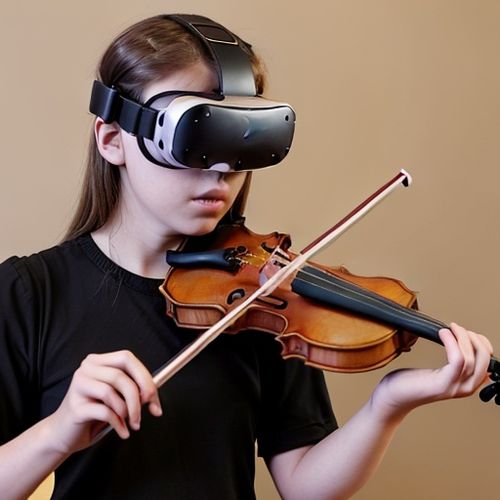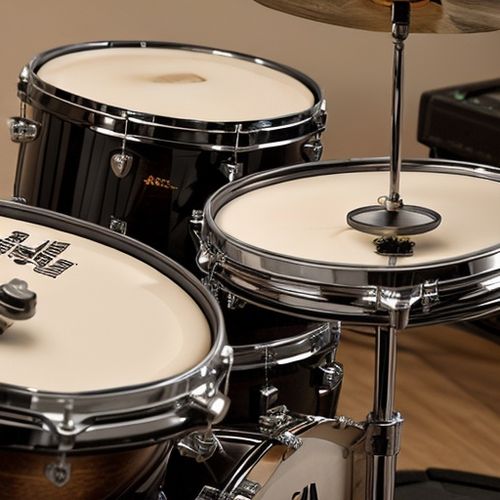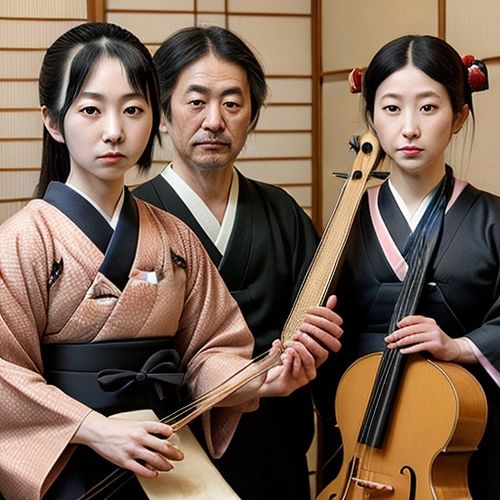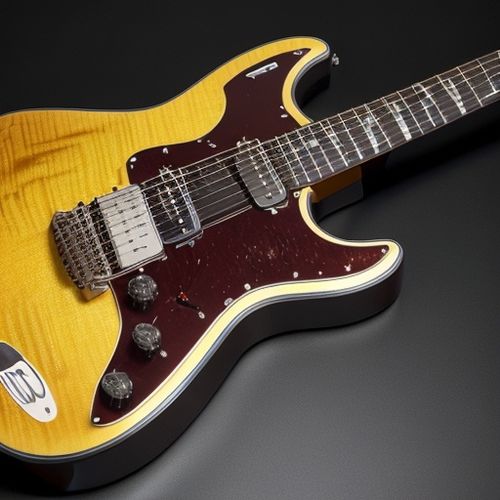The haunting twang of the shamisen has echoed through Japanese culture for centuries, its distinctive timbre weaving through kabuki theaters, folk ballads, and contemporary soundtracks alike. Now, this iconic three-stringed instrument is undergoing a quiet revolution as Japan's National Institute for Cultural Heritage launches an unprecedented standardization project: creating the world's first comprehensive shamisen tonal database. This ambitious endeavor seeks not merely to archive sounds, but to decode the very DNA of traditional Japanese music.
Unlike Western instruments with their fixed temperaments, the shamisen exists in a fluid universe of microtonal nuances. Master craftsmen traditionally tune by ear, creating instruments with subtle regional variations - the deep, resonant tsugaru shamisen of northern Japan bears little sonic resemblance to the brighter nagauta style accompanying Tokyo's kabuki performances. The standardization team employs laser measurement tools to map fingerboard curvature down to micron precision, while high-resolution audio capture preserves the complex overtones that give each school its distinctive character.
At the project's heart lies a paradox: how to quantify the unquantifiable. Living National Treasure performers collaborate with acoustic engineers, playing identical phrases on dozens of historically significant instruments. Spectral analysis reveals how aged catgut strings and mulberry wood bodies create the shamisen's signature "sawari" buzz - that deliberate string-on-neck vibration which masters compare to "the sound of wind through bamboo". Early findings suggest what traditional players have long known: the most prized instruments contain intentional imperfections, with luthiers carving asymmetrical bridges to enhance particular harmonic spectra.
The database's implications extend far beyond preservation. Modern shamisen makers face a crisis as traditional materials become scarce - synthetic membranes now replace dogskin soundboards, while nylon substitutes for silk strings. By creating a tonal fingerprint library, researchers aim to guide contemporary luthiers in replicating the acoustic properties of classic instruments using sustainable materials. Preliminary tests with carbon-fiber necks show promise in matching the warm attack of aged mahogany, potentially revolutionizing how future shamisen are constructed.
Musicologists anticipate the project will settle long-standing debates about historical performance practices. Comparative analysis of Edo-period scores against the database may reveal whether modern players have unconsciously "westernized" their intonation. Already, the research has uncovered forgotten tuning systems in obscure folk traditions, including a haunting pentatonic variant from Okinawa that predates mainland Japanese influence. These discoveries are prompting conservatories to reconsider their pedagogical approaches to traditional music.
Technological challenges abound in capturing the shamisen's full expressive range. Standard microphones struggle with the instrument's dynamic extremes - from the whisper-soft sukui picking technique to the thunderous bachi strikes of festival music. The team developed specialized contact sensors that track both string vibration and plectrum impact force, creating multidimensional performance maps. This data reveals how masters manipulate timing down to the millisecond, with intentional "imperfections" that give the music its human quality.
Perhaps most remarkably, the project is breathing new life into nearly extinct regional styles. By analyzing 19th-century Jiuta shamisen parts from Kyoto's pleasure quarters, researchers reconstructed playing techniques lost during the Meiji modernization. These findings are being shared with young musicians through interactive apps that compare their playing against archival recordings, creating a living bridge between generations. Rural communities now use the database to revive local repertoires, with schoolchildren learning folk songs exactly as their great-grandparents played them.
As the database grows toward its planned 10,000-sample completion in 2026, it's sparking unexpected cross-cultural dialogues. Jazz musicians explore shamisen microtones for avant-garde compositions, while violin makers study the acoustic principles behind the instrument's startling projection. The project stands as a testament to Japan's evolving approach to cultural preservation - not as museum-piece conservation, but as dynamic engagement with tradition's living essence. In digitizing the soul of the shamisen, researchers may have found the key to keeping Japan's musical heritage vibrantly alive for centuries to come.

By Olivia Reed/Apr 13, 2025

By William Miller/Apr 13, 2025

By Amanda Phillips/Apr 13, 2025

By Megan Clark/Apr 13, 2025

By Joshua Howard/Apr 13, 2025

By Samuel Cooper/Apr 13, 2025

By Elizabeth Taylor/Apr 13, 2025

By Eric Ward/Apr 13, 2025

By Emma Thompson/Apr 13, 2025

By Noah Bell/Apr 13, 2025

By Sarah Davis/Apr 13, 2025

By Eric Ward/Apr 13, 2025

By Daniel Scott/Apr 13, 2025

By Benjamin Evans/Apr 13, 2025

By Elizabeth Taylor/Apr 13, 2025

By Grace Cox/Apr 13, 2025

By Megan Clark/Apr 13, 2025

By Benjamin Evans/Apr 13, 2025

By Thomas Roberts/Apr 13, 2025

By Sarah Davis/Apr 13, 2025